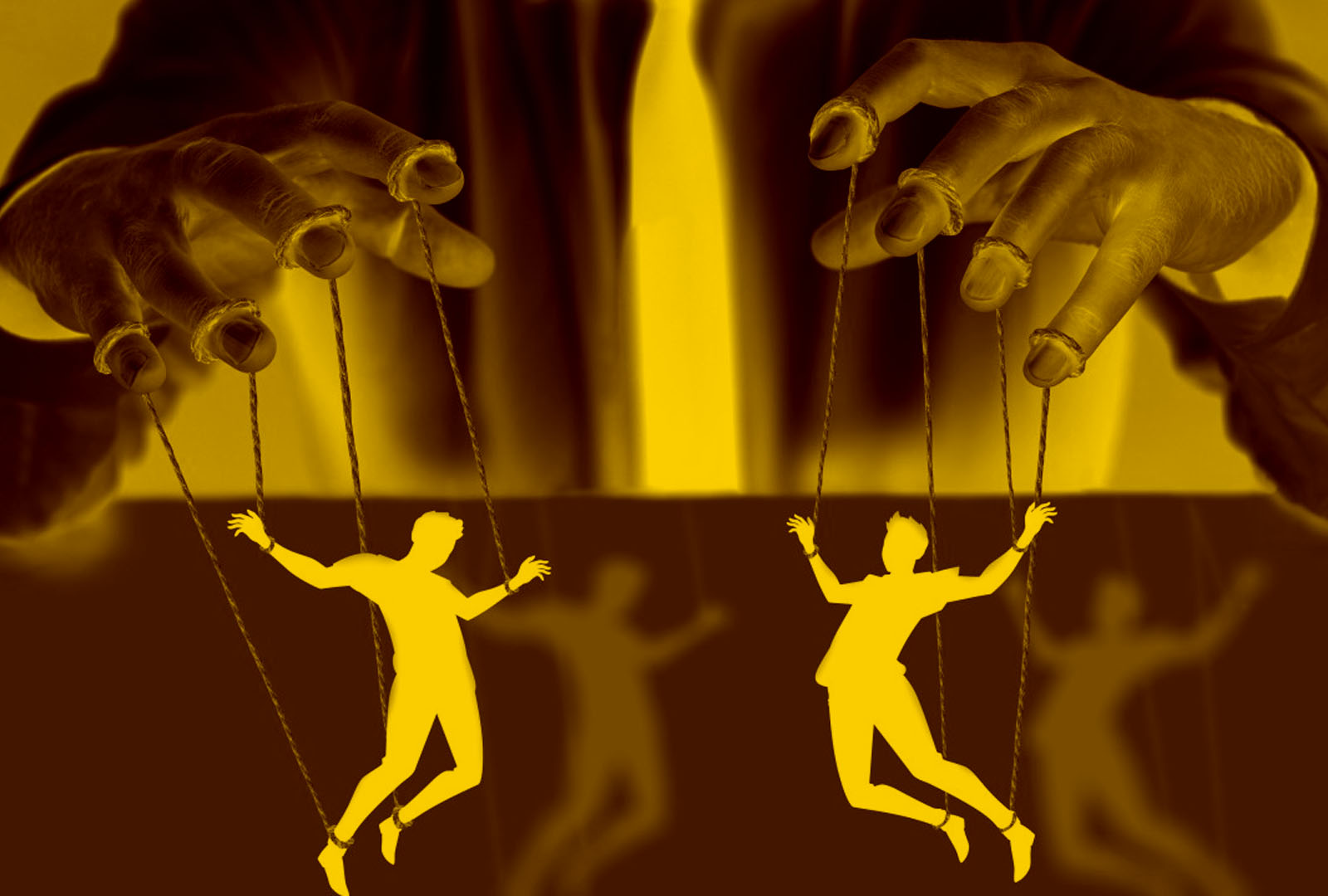The Energy of Classical Music: A Frequency Beyond Time
Classical music has endured for centuries, its resonance unbroken despite the shifting tides of culture, technology, and taste. While pop songs come and go, their fleeting moments of fame captured in viral trends or radio hits, classical music remains a steady pulse. It wasn’t crafted to be a summer anthem, nor was it meant for airwaves dominated by commercial interests. It was created to move beyond the moment—intended to tap into something deeper, timeless, and universal. What is it about this music, composed long before iTunes or streaming services, that continues to captivate listeners? More importantly, what can we learn about the energy it generates and the psychological effects it has on us?
The answer lies in the frequency. Classical music doesn’t merely fill the air; it shifts the body, the brain, and even the soul.
The Frequency of Emotion: How Classical Music Moves Us
It’s often said that music has a magical ability to evoke emotion, but classical music seems to transcend that capacity. Take, for instance, Beethoven's Symphony No. 9 or Bach’s Mass in B Minor—these pieces don’t just bring joy or sadness; they awaken an energy in the listener, stirring the mind and even the body in ways that pop tunes rarely do. This isn't a coincidence. It’s a function of frequencies.
The human brain operates on specific frequencies—brainwaves, each linked to different states of mind. Research into the effects of classical music on brain activity reveals that pieces composed with an understanding of these frequencies have the ability to entrain, or synchronize, brainwaves with those of the music itself. In other words, when you listen to Beethoven, for example, your brain’s frequency aligns with the rhythm of the music, creating a sense of coherence, balance, and emotional flow. This is why a piece like Beethoven’s Eroica or Mozart’s Requiem can elicit such profound responses. The music doesn’t just speak to us; it speaks through us.
Scientific studies have shown that music in the classical tradition—particularly works composed during the Baroque, Classical, and Romantic periods—frequently operates in the 40 to 60 Hertz range, which corresponds to theta and alpha brainwaves. These are the frequencies associated with deep relaxation, meditation, and creativity. When you listen to such compositions, your brain doesn’t simply absorb sound; it begins to tune itself to the energy being emitted, creating a harmonious exchange. This is why classical music can leave you feeling energized yet calm, alert yet serene—a state that contemporary music, often reliant on more transient, commercial patterns, can’t quite replicate.
The Rise and Fall of Classical Music: A Cultural Shift
Classical music, which once dominated the social and intellectual spheres, now occupies a more niche position in popular culture. This decline is often attributed to the rise of new, more accessible musical forms: pop, rock, jazz, and hip-hop. However, there is a deeper, more complex story behind the fading popularity of classical music, rooted in both social change and technological innovation.
In the 19th century, classical music was at the center of social life. The great composers—Beethoven, Brahms, Tchaikovsky—were the celebrities of their day. Their symphonies and operas were performed in concert halls filled with eager listeners, many of whom viewed the experience not just as entertainment, but as a cultural and intellectual engagement with the highest forms of art. But this culture began to shift in the 20th century.
With the advent of recording technology, followed by television and the rise of digital platforms, music became increasingly accessible. Radio stations, initially dedicated to symphonies and operas, began to focus on shorter, more digestible formats—pop songs, charts, and catchy jingles designed to sell products. As classical music receded from the mainstream airwaves, listeners began to gravitate toward more instant forms of musical gratification. Classical music, with its often longer structures, complex arrangements, and deep emotional arcs, began to be perceived as distant, elitist, and even irrelevant to modern life.
But as the years have passed, classical music has not disappeared. It has simply been relegated to certain environments, such as concert halls, academic institutions, and niche radio stations. And in these spaces, it continues to thrive. But why? What’s keeping it alive in a world that moves faster than ever, where a song’s popularity is measured in weeks or even days?
Classical Music's Power to Persist: The Energy Beyond the Moment
One of the key reasons classical music endures is its ability to speak to something in us that cannot be quantified or reduced to a simple trend. It taps into the same frequencies that have shaped the human experience for centuries, drawing from a deep, collective well of cultural memory. This music has been a part of humanity’s collective consciousness for hundreds of years, and despite the changes in society, its energy continues to resonate.
But beyond its historical and cultural significance, classical music is also alive with an almost mystical quality: its ability to heal, energize, and even transform. Music from composers like Handel or Mahler vibrates at frequencies that connect with the body’s natural rhythms. The Solfeggio frequencies—used by composers to amplify emotional response—can have profound effects on brainwave patterns, shifting us into states of calm or alertness, just as certain sounds can encourage focus or rest.
In clinical settings, classical music is often used for its therapeutic properties. Music therapists have long understood the potential of classical pieces in reducing anxiety, improving sleep, and enhancing cognitive function. The effect isn't just psychological—it’s physiological. Classical music can lower blood pressure, increase dopamine production, and even influence hormone levels. This is why listening to a Bach fugue might leave you feeling mentally sharp and calm, or why a Mahler symphony might stir up an emotional release, cleansing a deep, internal space.
The frequencies at work in classical music also explain its long-standing connection to sacred and ceremonial spaces. These compositions were often written for church services, royal events, and other monumental occasions. The deeply rooted emotional and spiritual energy inherent in these works speaks to the collective human experience of awe and reverence.
A Modern Reflection: Returning to the Source
Classical music’s decline in mainstream culture doesn't reflect a failure of the art form; rather, it mirrors the broader cultural shift toward immediate gratification, commercialized formats, and shallow entertainment. We’ve traded long-form engagement for quick bursts of pleasure, often mediated by technology. Yet the increasing stress, anxiety, and disconnection that many people feel in the modern world indicate a need for something more substantial—something that transcends the surface level.
As research into the energy of classical music continues to grow, there is a growing recognition that its deep, resonant frequencies offer a counterpoint to the distraction and disconnection of the modern world. The brainwave synchronization that classical music offers can help mitigate stress, improve focus, and foster a deeper sense of connection to oneself and others. And in this way, classical music, though often relegated to the sidelines, has the potential to revitalize the modern soul—just as it did centuries ago.
In a world of fleeting trends and disposable content, classical music stands as a reminder of the power of energy, resonance, and deep emotional engagement. Its frequencies have endured because they continue to connect us to something timeless: the shared experience of humanity itself.
Conclusion: The Silent Revolution of Classical Music
Classical music isn’t just a relic of the past. It is a living, breathing force, one that operates beyond the limitations of time, space, and fleeting trends. As our world becomes more fragmented, fast-paced, and technologically driven, the energy of classical music offers a moment of pause, of reflection, of deep, restorative engagement.
In the end, classical music is more than just a soundtrack to our lives; it is the energy that pulses through them. And as we continue to search for meaning in a world that often feels disconnected, we may find that the frequencies we need most are the ones that have been with us all along—waiting to resonate once more.
Not always being right is a beautiful feeling. Therefore, don't believe everything you read here is right—or perhaps wrong. Make your own story. Don’t copy my story. Create your own rights and wrongs. The Sky & Farm Blog is an inspiration to breathe and believe—in yourself.

You Must! The Poison of Manipulation
2025-03-15
Energy Healing /
How AI Steals the Creative Soul
2025-03-09
Energy Healing /
Modern Psychotherapy: The Deal is Rotten
2025-03-07
Energy Healing /
Understand Cancer Energetically
2025-03-05
Energy Healing /
Chasing Spiritual Illusions
2025-02-26
Energy Healing /
The Energy of Creativity
2025-02-25
Energy Healing /








